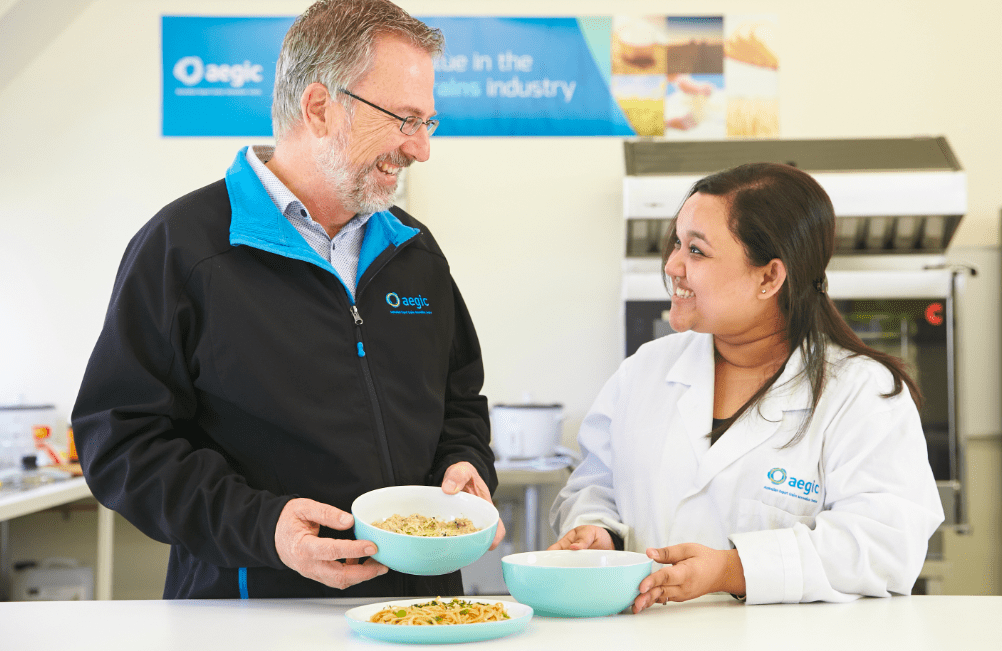SCIENTISTS are developing ground-breaking high-percentage oat noodles aimed at the burgeoning Chinese market.
Suitable Australian oat varieties are being identified for emerging Chinese products, including oat noodles, oat rice and oat milk, as well as more established rolled oat products in a research project, a co-investment between the Grains Research and Development Corporation (GRDC) and Australian Export Grains Innovation Centre (AEGIC).

Dr Sabori Mitra. Photo: LinkedIn
Lead research scientist Sabori Mitra presented some of the results of the project at the 2019 GRDC Research Updates in Perth on February 25.
Dr Mitra said AEGIC had successfully created high-quality dried noodles with an oat flour ratio greater than 50%.
“The lack of gluten in oats limits their use in wheat-based products such as noodles, so AEGIC’s innovation to achieve high-percentage oat flour is an excellent result.
“These noodles have an excellent shelf life, they look good, they’re healthy, and most importantly they taste delicious!
Dr Mitra said the project had also returned encouraging results in processing oat “rice”.
“Oat rice is created through a special process to remove to the outer bran layer of oat grains, while achieving a shelf-stable and nutritious product.
“The process reduces cooking time, increases brightness, improves eating quality and maintains beta-glucan content.
“The resulting product can be cooked and eaten in a similar way to traditional rice.”
AEGIC oat program manager Mark Tucek said the expanding Chinese middle class was increasingly interested in health and nutrition.
“Oat consumption in China has increased dramatically since the mid-2000s,” he said.
“Consumers are increasingly interested in supplementing their diets with healthier options, such as oats, which are loaded with beta-glucan and other high-value nutrients.
“This represents a great opportunity to grow Australia’s share of an expanding market.”
Overall, the project is showing encouraging results for a number of Australian oat varieties.
High quality milling oats can attract a premium of around $20/tonne. If Australia captured 50% of the expected future market growth, this could generate an extra $20 million each year for the Australian oats industry*.

AEGIC Oat program manager Mark Tucek and research scientist Dr Sabori Mitra with oat risotto and noodles from the AEGIC labs. Image: AEGIC
In the next stage of this project, AEGIC will develop a wider variety of innovative oat foods and help provide pathways to market for commercial products.
AEGIC’s current project is a collaboration with Shaanxi Normal University (Xi’an, China), the Queensland Alliance for Agriculture and Food Innovation (QAAFI) and the South Australian Research and Development Institute (SARDI) National Oat Breeding Program.
*Estimation — assumes a milling oats price of $250/tonne
Source: AEGIC



HAVE YOUR SAY